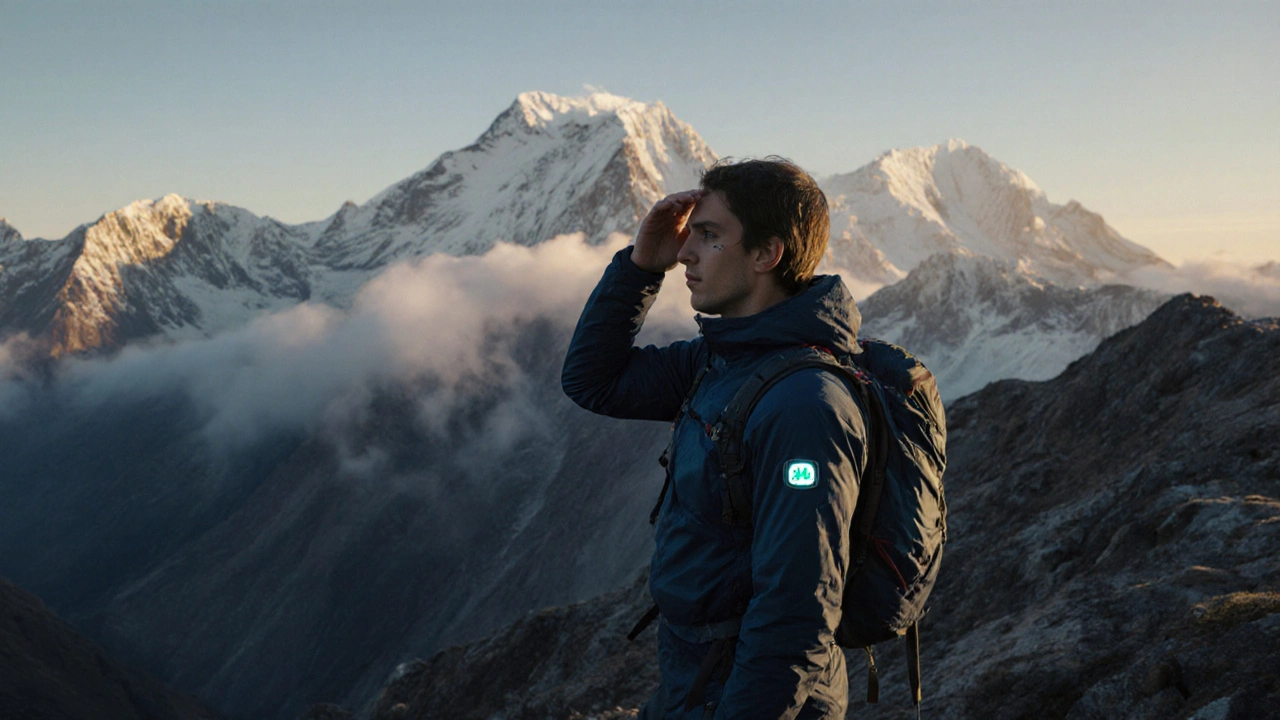Hypoxia – What It Is and Why It Matters
When dealing with Hypoxia, a condition where body tissues receive insufficient oxygen. Also known as oxygen deficiency, it can arise from many causes, from high‑altitude exposure to serious lung disease. Ischemia, the restriction of blood flow that also reduces oxygen supply often overlaps with hypoxia, especially in heart attacks or stroke. Another frequent trigger is Altitude sickness, a set of symptoms caused by low atmospheric oxygen at high elevations. Understanding these links helps you spot early warning signs, whether you’re climbing a mountain, coping with chronic lung disease, or recovering from surgery. Recognizing that hypoxia isn’t just a lab value but a real‑world threat is the first step toward effective prevention and treatment.
Key Factors Linked to Hypoxia
One major driver of hypoxia is Respiratory failure, when the lungs can’t exchange gases properly. When breathing is compromised, oxygen levels drop and carbon dioxide builds up, stressing the heart and brain. Another factor is anemia, where low red‑cell counts limit oxygen transport even if the lungs work fine. Cardiovascular issues like heart failure also reduce the amount of oxygenated blood reaching organs, turning a mild drop in oxygen into a dangerous situation. In the context of travel, rapid ascent without proper acclimatization can provoke altitude‑related hypoxia, leading to headaches, nausea, and impaired coordination. Each of these scenarios shares a common thread: they all demand quick assessment and, often, supplemental oxygen or medical intervention to prevent tissue damage.
Below you’ll find a curated list of articles that dive deeper into these topics. From comparisons of ED medications that affect blood flow to guides on managing chest pain, from insights into hemophilia care to strategies for buying affordable generic medicines, the collection touches on many health areas where oxygen supply—or the lack of it—plays a crucial role. Browse the posts to see how hypoxia intersects with everyday health challenges and learn practical steps you can take to protect yourself and your loved ones.

The Future of Mountain Sickness Research and Treatment
Explore the latest research, emerging treatments, and cutting‑edge technology shaping the future of mountain sickness prevention and care.
